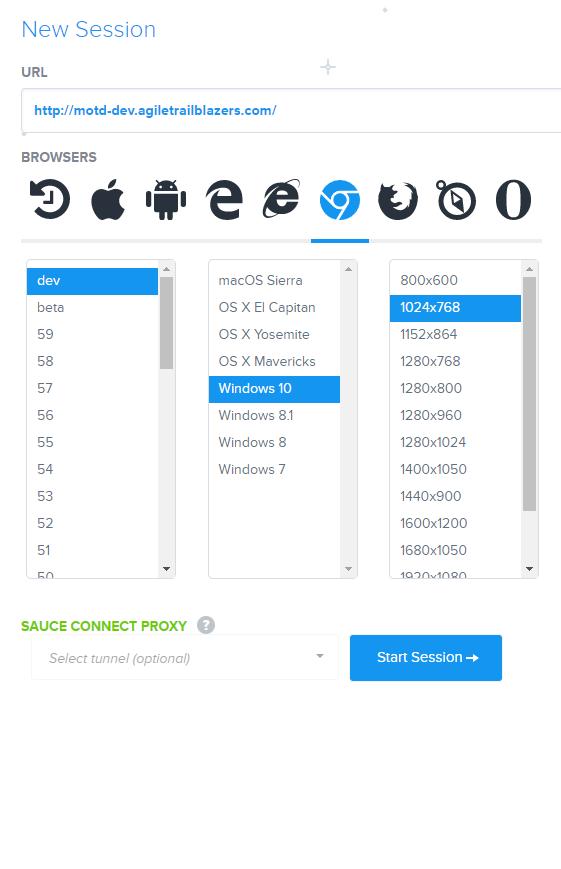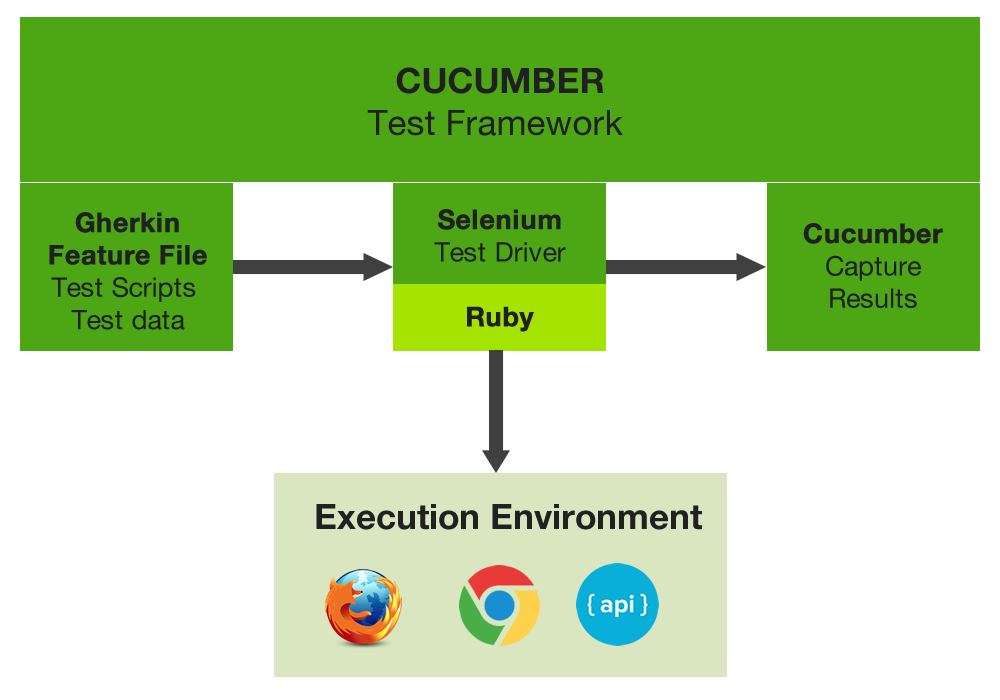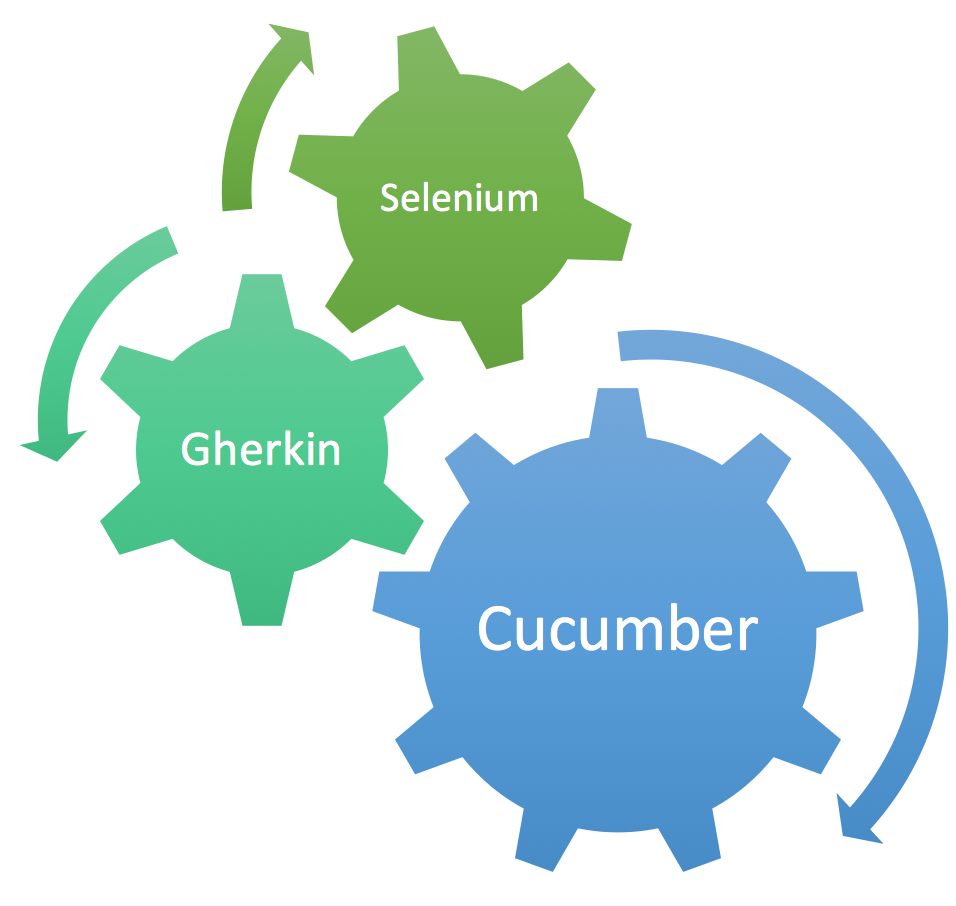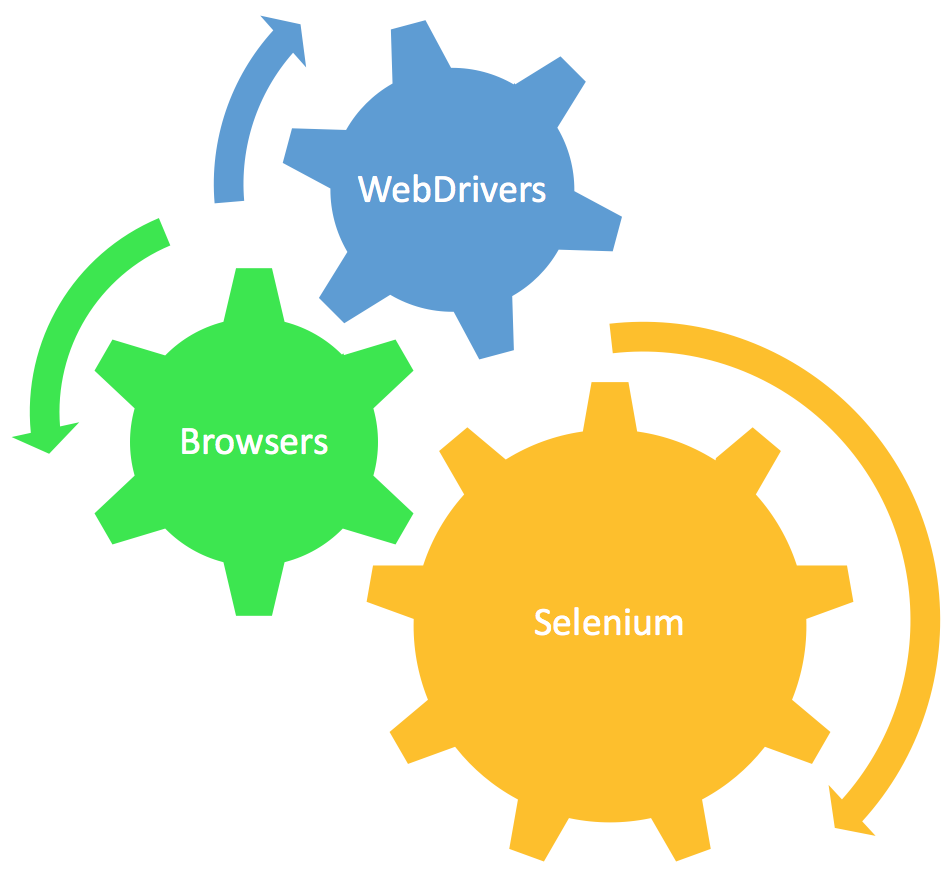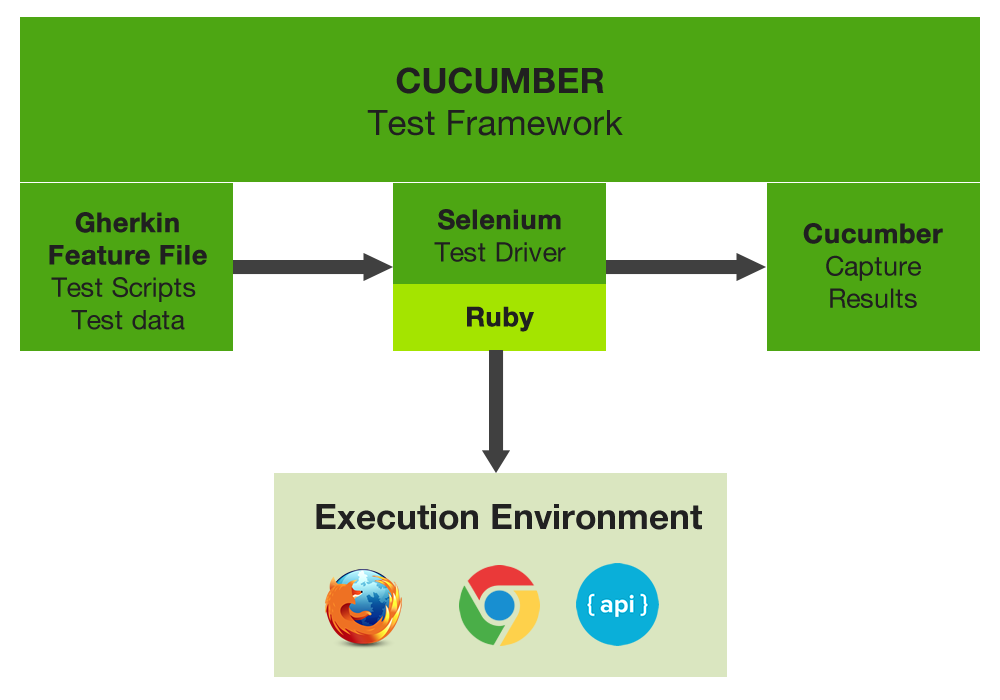Teams are not constrained by how much they can learn. They are constrained by how much they are allowed to try, as well as by how much they don’t know what they don’t know.
When Agile adoption struggles in a large organization, it is almost always because managers are in the way—that is, teams are blocked by rules or upper level decisions—as well as because teams don’t know that there are better ways than what they are accustomed to doing. Those are the two predominant kinds of constraint on performance that one tends to see.
Rules exist for a reason: to manage risk. It is therefore unreasonable to expect that managers will just say “Do whatever you think is best”. To say that would be to abdicate their responsibility to manage risk for the organization. Doing that would also lead to chaos: each team would invent its own methods, and so the organization would cease to be one: it would devolve into a collection of tiny tribes.








